| Return to Article Index |
This article was written by the New York Institute of Photography, America’s oldest and largest photography school. NYI provides professional-level training via home study for photographers who want to give their images a professional look, and perhaps earn extra income with their camera.
|
How Should I Handle My Camera in Cold Weather? ©Tammie Rawlings - NYI Student  'Tis the season, and we're getting lots of letters
from NYI students and other Northern Hemisphere Web visitors about taking
photos in cold weather. There are lots of great photo opportunities
out there whether your idea of a good time is ice fishing, snow shoeing
or just plain walking in the winter wonderland. You just need to get
out there and take the proper steps.
'Tis the season, and we're getting lots of letters
from NYI students and other Northern Hemisphere Web visitors about taking
photos in cold weather. There are lots of great photo opportunities
out there whether your idea of a good time is ice fishing, snow shoeing
or just plain walking in the winter wonderland. You just need to get
out there and take the proper steps.The letters we get reveal that the proper steps to protect your camera are often confused in people's minds. Here's an e-mail we got recently from a photographer in Ontario, Canada, that is typical: "I am happily snapping away, but having a bit of a problem keeping my camera warm and unfrozen in our cold, blustery weather. If I carry it bundled under my coat, should I keep it in a plastic bag (I read about this somewhere) to prevent condensation? Any suggestions?" Okay. You asked. Here are the facts and the answers to all the basic camera tips regarding cold weather. The problem with lots of tips about cold weather photography is that they get out of sequence. Here's why. There are really three different scenarios to consider: First, what to do when you take your camera from a warm, cozy home or car into the bitter cold outside. Second, what to do when you're shooting pictures outside in the cold. Third, what to do when you finally bring your freezing camera back into that warm cozy house or car. Okay. First, what should you do when you bring your warm camera outside? Do you have to worry about moisture condensing from the cold air onto the warm surface of the lens or the film or the electronics? No. Cold air has low moisture content. There's little or no condensation when you go outside into the cold. (As we'll discuss, this becomes a problem when you go back inside.) So what's the problem? The main problem is loss of battery power! Batteries
|
 The chemistry and physics of how batteries generate electrical energy
means that at very low temperatures all batteries lose power. They're
just not as efficient. This is a particularly serious problem with today's
auto-everything cameras that are totally dependent on battery power. So,
when you take your camera and strobe out into the cold, you should anticipate
a loss of battery power. How do you prepare for this?
The chemistry and physics of how batteries generate electrical energy
means that at very low temperatures all batteries lose power. They're
just not as efficient. This is a particularly serious problem with today's
auto-everything cameras that are totally dependent on battery power. So,
when you take your camera and strobe out into the cold, you should anticipate
a loss of battery power. How do you prepare for this?First, by keeping the camera and strobe (and their batteries) as warm as possible, even outdoors. To do this, when you go outdoors, carry them close to your body, for example, under your coat. Let them share your body warmth except for those brief moments when you are actually taking a picture. (Keeping your camera warm this way will also minimize the possibility of a manual shutter sticking because its lubricant freezes.) The second way you prepare for the expected loss of battery power in the cold is to bring spare batteries with you when you go outside. And keep these spares close to your body too; for example, in a shirt pocket where they will also benefit from your body heat. Then, if your camera (or flash) batteries start to fail, you can insert warm fresh batteries. |
|
|
All right.
You're outside now. What should you do differently because of the cold?
Your objective is to continue to try to keep the camera and strobe as
warm as possible. For example, let's say you're staked out waiting for
wildlife to appear over yonder hill. Set up your tripod, but if possible
keep your camera under your coat until you're ready to shoot. Here's
where a quick-release head comes in handy. When you see your quarry,
pop the camera onto the tripod quickly and quietly. An ice-cold tripod
will still do its job, but an ice-cold camera is likely to fail.
|
|
|
| © 2003 |New
York Institute of Photography |





























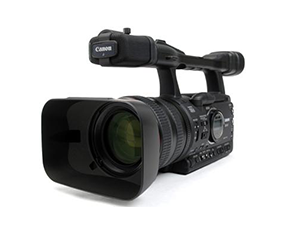
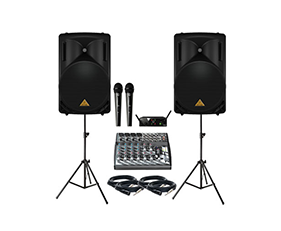
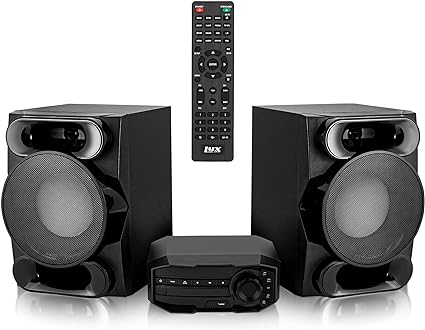





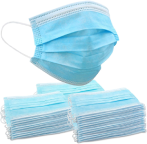
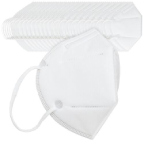

 What other problem bedevils the photographer in the cold (other than
frozen fingers and runny nose)? Static electricity. If you live anywhere
in the North, you know the problem during the winter - if you walk
on a carpet, you may get a shock when you shake hands or touch a doorknob.
Realize that static electricity is a problem only when the humidity
is low. And cold weather means low humidity because cold air cannot
hold much moisture. When you use your camera outdoors in the cold,
therefore, you risk creating a buildup of static electricity when
you advance the film (this is the equivalent of walking on that carpet)
and when the buildup is sufficient a spark may flash inside your camera,
fogging the film. While this is rare, it does happen. We've seen it
and the results ruin the affected photographs. How can you minimize
this possibility in cold weather? Advance your film carefully. With
a manual camera, advance the film slowly. With an autowind camera,
shoot only one frame at a time.
What other problem bedevils the photographer in the cold (other than
frozen fingers and runny nose)? Static electricity. If you live anywhere
in the North, you know the problem during the winter - if you walk
on a carpet, you may get a shock when you shake hands or touch a doorknob.
Realize that static electricity is a problem only when the humidity
is low. And cold weather means low humidity because cold air cannot
hold much moisture. When you use your camera outdoors in the cold,
therefore, you risk creating a buildup of static electricity when
you advance the film (this is the equivalent of walking on that carpet)
and when the buildup is sufficient a spark may flash inside your camera,
fogging the film. While this is rare, it does happen. We've seen it
and the results ruin the affected photographs. How can you minimize
this possibility in cold weather? Advance your film carefully. With
a manual camera, advance the film slowly. With an autowind camera,
shoot only one frame at a time. What about taking photographs when it's actually snowing or sleeting?
If it's just a few flakes, just keep your camera under your coat except
when you shoot. Not long ago, we were outside photographing when a
heavy snow squall hit. In a few seconds, the whole world was awash
in swirling, blowing soggy snowflakes. This kind of heavy downfall
can play havoc with the exposed parts of an SLR, particularly the
highly electronic models where any moisture can snarl the all-important
circuits that control all the camera's functions, as well as digital
cameras.
What about taking photographs when it's actually snowing or sleeting?
If it's just a few flakes, just keep your camera under your coat except
when you shoot. Not long ago, we were outside photographing when a
heavy snow squall hit. In a few seconds, the whole world was awash
in swirling, blowing soggy snowflakes. This kind of heavy downfall
can play havoc with the exposed parts of an SLR, particularly the
highly electronic models where any moisture can snarl the all-important
circuits that control all the camera's functions, as well as digital
cameras. Now it's time to come back indoors. Here's where condensation can
be a problem. You've seen moisture condense on a cool glass of water
on a hot summer day. Your lens and the film inside the camera behave
the same way when you bring them inside - moisture from the warm inside
air condenses on their cold surfaces. The lens can become completely
covered with moisture, as can the film and the mechanical and electrical
components inside the camera. You don't want moisture - water! - on
your lens or inside the camera. So how can you avoid this problem?
Now it's time to come back indoors. Here's where condensation can
be a problem. You've seen moisture condense on a cool glass of water
on a hot summer day. Your lens and the film inside the camera behave
the same way when you bring them inside - moisture from the warm inside
air condenses on their cold surfaces. The lens can become completely
covered with moisture, as can the film and the mechanical and electrical
components inside the camera. You don't want moisture - water! - on
your lens or inside the camera. So how can you avoid this problem? With these simple precautions, you'll be able to take great photographs
outdoors in cold weather. Cold weather offers exceptional opportunities
for wonderful landscapes because of its crystal-clear air. So don't
be daunted when the temperature drops into the Arctic zone. Just dress
properly, take these few precautions, head outdoors, and get going!
With these simple precautions, you'll be able to take great photographs
outdoors in cold weather. Cold weather offers exceptional opportunities
for wonderful landscapes because of its crystal-clear air. So don't
be daunted when the temperature drops into the Arctic zone. Just dress
properly, take these few precautions, head outdoors, and get going!





